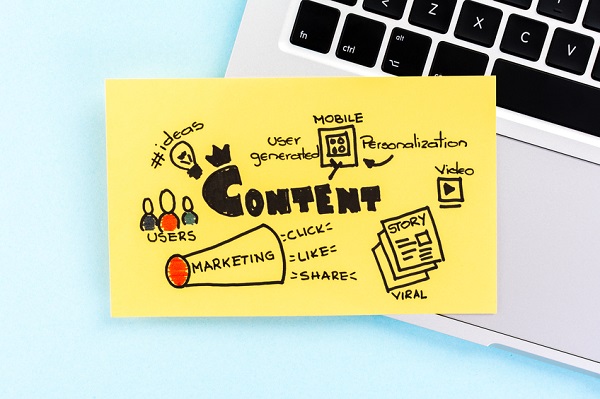
Although a social media presence is imperative to maintaining brand presence, the pressure to constantly create new and invigorating content can be exhausting. Several tweets a day, regular Facebook posts, industry-related articles for LinkedIn, images for Instagram—new content needs to appear everywhere all at once, which can overwhelm smaller-sized marketing teams.
However, businesses are discovering a creative and successful loophole to the constant content dilemma: user-generated content. In this blog post, we’ll explain the basics of user-generated content, why it works and give an overview of the most successful campaigns. Read ahead to learn how user-generated content can take your social media content strategy to the next level.
What is User-Generated Content?
Put simply, user-generated content (UGC) is original content that your fans and followers create that can be repurposed for your own marketing efforts. In UGC campaigns, brands will run contests or request for new product ideas through their website, email marketing and social media channels asking consumers to participate by submitting original, brand-related content, with the hope of being featured by the company and/or winning a prize. Typically, brands will ask consumers to submit this content in the form of photos, short stories/testimonials, quizzes and videos and offer prizes to encourage participation.
Does it Work?
Better than you might think. According to a survey, 85% of consumers find user-generated visuals more influential than brand photos and videos. The vast majority of customers appreciate and value content from their peers over content coming from the brands they purchase or use. The numbers are even more impressive among younger crowds, as another study reported. Millennials find UGC 50% more trustworthy and 35% more memorable than other sources of content.
What is it that makes UGC so effective? Most importantly, it starts a conversation between a user-base and a brand. When brands reach out to their consumers for content, they open a dialogue where the focus is on the user’s unique perspective and insights into the brand. Moreover, the act of trusting consumers to create valuable content builds a bond between the consumer and the brand. After all, as Amanda Palmer said in her memoir The Art of Asking, “Asking is, in itself, the fundamental building block of any relationship.” Asking for their fan base to participate strengthens the relationship between consumer and producer, which is why the above statistics show consumers having such positive perspectives on user-generated content.
Great Examples of UGC Campaigns
- Perhaps the most famous UGC Campaign was the Starbucks White Cup Contest of 2014. Starbucks reached out to its customers and requested that they draw designs on their blank white cups—doodles, landscapes, patterns, whatever the audience wanted. The winning design was featured on a limited run of their multi-use plastic cups. In just three weeks, Starbucks received over 4,000 entries of its consumers promoting branded Starbucks material to their own personal audiences.
- In 2010, Target launched a UGC campaign aimed at publicizing their philanthropic efforts to donate $500 million to education. Rather than asking users to create specifically brand-related content, Target asked its audience to submit videos of young students getting their college acceptance letters. Unlike the White Cup Contest, Target didn’t ask users to promote their products or branded images on social channels. Instead, the campaign publicized Target’s commitment to the community. This effectively boosted Target’s position as a community-based organization and led to the creation of this heartwarming advertisement.
- National Geographic took a different approach with their Wanderlust Contest in 2015. The magazine asked their users to share their best travel photos for a chance to win an expedition to Yosemite National Park. The campaign was effective because National Geographic tapped into the pre-existing lifestyle of its fan-base. Their readers are already passionate about travel and photography; the campaign simply asked them to share this interest with a hashtag on Instagram. With 50,000 photos now in the Instagram tag, National Geographic has an abundance of photo content to feature and peruse, all while increasing their brand visibility among their current users’ friends.
User-generated content campaigns can take many forms—with or without company products, lifestyle content, video or photo, themed or broad—but the important takeaway is the conversation that UGC starts between organizations and their audience. When companies trust their consumers to create meaningful content, the results can be astounding.
Read more tips for managing your B2B social media strategy here.
There are no comments